
Timestamps
00:00 – Intro 03:49 – Office Talk 07:49 – Chapters of Klinke’s Career 14:17 – Advice for Making a Career Change 26:10 – Moving up the Company Ladder 29:06 – Conception of Ideas at Trango 35:11 – Diversifying a Product Line 37:40 – Climbing Brand Advertising 41:19 – Growth of the Climbing Community 44:57 – Choosing Partners 49:26 – Business Consolidation 54:59 – New Trango Products 57:24 – Closing
Abridged Transcript
BURGMAN: …When I was doing research for this call, I kind of thought that your career, your life—among other chapters—can really be divided into three distinct periods: The first of which being, according to the Trango website, you were VP for a large Fortune 50 financial services organization…And then after that, you climbed Everest and you worked as a mountain guide and kind of a career adventurer, it sounds like, for a number of years. And then the current chapter, which is president of Trango, so you have sort of reentered, so to speak, the more traditional business world—traveling a little bit, but you’re not working predominantly on mountaintops and all of that. So, I thought maybe we would just look at those three chapters, kind of put them under a microscope, and you can tell me about them…
KLINKE: …My role evolved into being a business consultant and helping people increase their financial services practice, which really came down to some really basic things: activity and effectiveness. How many people are you seeing, and how effective are you at your interactions with your clients? How do you service your clients? How do you meet their needs? How do you educate them? How do you help them make good investment decisions that benefit them in the long run? The better job you do at that, the more clients you will have, the more assets you will have, the more income you will have, and the easier everybody’s life becomes. Because long term, the financial world is investment market. Take any ten-year period in the stock market, do a diversified portfolio, you’re going to be further ahead in ten years than you were last week. That’s large numbers. And so, my job was to go in and help advisors put together a strategy to meet with their clients, to service their clients effectively, to help recruit new clients, recruit new advisors, and to do that with 300 people over three states. It was 70, 80 hours a week. So, it was a lot…On average, I’d have 30 to 40 meetings a week, but it would be spread out across ten different offices. It was just, it was a lot.
And so, I got to a point where I’m looking at what I’m doing, realized that there was more to life than just working. I got big into adventure racing. I was part of an adventure racing team. And so, I’d fit that in early morning or late at night, doing the training and working on weekends with my team. And, you know, we qualified for nationals a couple times and all that other fun stuff back when that was early 2000s, I guess. And so, I just realized I’m not having that much fun working. Like, my job isn’t giving me personal satisfaction. So, I kind of got to a point where I was like, “I need to make a change.” And I had found a list of goals I put together when I was twelve. This sounds really corny, but it’s true. And the list of goals had five different goals on it. And the only one I hadn’t achieved was climbing Mount Everest, which is really funny. And I remember writing this list of goals together and it came in a box of stuff my mom had given me…But the only one I hadn’t achieved was climbing Mount Everest. So I’m like, “Oh, well, maybe I should do that.” And I found this list of goals when I was like 30. Took me four years to make the decision to leave. It wasn’t an easy decision because the path I was on was definitely financial freedom, independent, like being able to retire at 45 if I wanted to or earlier. It was pretty lucrative. Let’s call it what it is: I walked away from a lot of opportunity on the financial side for something that was more personally rewarding. And everybody thought I was crazy, and I was in a lot of ways [laughs]. But when I did that, it was because I knew there were more things I wanted to do in my life than just run a financial services organization and be in metro Detroit and do the same thing for the next 30 years. That would have driven me insane.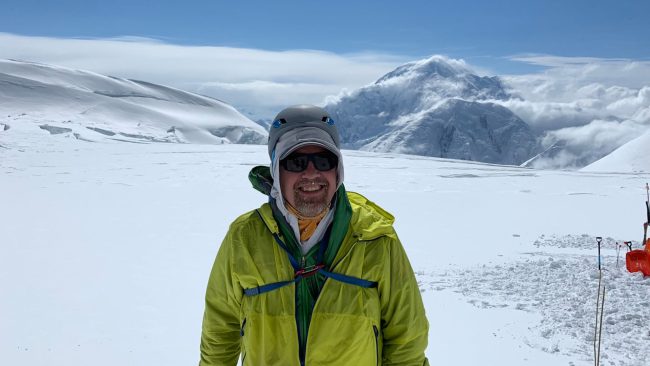
…For anybody that has those moments, those revelatory moments in their own life, assessing their own career, and realizes, “I should make a change,” what can you say to people about getting them to cross the threshold and actually do it?…
I think the biggest thing is to believe in yourself. And again, the hardest part is I didn’t know what the end result was going to be. I literally thought, “I’m going to leave, I’m going to take six months off, and I’m going to come back into financial services because it’s safe and I know how to survive in that industry.” I kept all my licenses intact for twelve years after I left, as my safety net [laughs]. Again, you keep your securities license, and I had managing principle—I had all these licenses. And I kept them all active, continued my CE every year to make sure I had that fallback position. Just like in climbing, you always want to make sure you have a safety net, you have a plan, you have a strategy, but you might not always know where the end is going to take you. Sometimes you just have to trust yourself… What I really figured out, after spending a few years trying to figure out what am I going to do next—I got offered to buy a new climbing business, offered to buy a climbing gym, all these different things back in 2007, 2008, 2009. And what I figured out is you just have to commit and start going in a direction. The great thing about that is: You start going in that direction and you realize it’s quick sand, you can turn around, you can go a different direction. The biggest failure people do is fail to commit to a direction at all. And so you have to just commit to a direction. What people forget is you can change your mind [laughs]. It’s not forever…You have a way of, it sounds like, cruising up the ladder at a company very quickly, whether it’s in finances or, in this case, whether it’s in the outdoor industry, in a company like Trango. And you said it wasn’t your plan to necessarily do that, but you’re pretty good at it. You must know what you’re doing to rise up like that.
…At times, yes. I think what it’s about with anything is just being dedicated and willing to put in the work. I mean, this is the part that everybody forgets about, is there is a lot of work: getting goals in front of people, getting a direction in front of people, establishing what are the metrics. And I’ll go back to what I talked about at the beginning, which is activity plus effectiveness. And it’s figuring out how those metrics apply in Trango versus how they apply in financial services versus how they apply in guiding. It’s still the same thing. In guiding, activity is: “How many clients do you have and how effective are you at getting them to the top, and how well do they tell that story when they get done.” In financial services, it’s: “How many clients are you seeing a week? How are you influencing them to give you additional assets? What does that look like?” And in Trango, it’s: “How many products are you creating and how do people value those? How do you keep that going?” …So, there’s a lot of pieces to it; it’s not simple. But for each one of those areas, I break it down into—on the Trango side, it’s been product, marketing, sales and operations. Those four things apply to every business I’ve been in. And how do you manage those?
…Because Trango makes so many products—beaners, harnesses, chalk, on and on—can you give me an example of a product, just gear, and how was something conceived? What was the process like? Or at least how does it work at the Trango office to get something from idea to store shelf and whatnot?
…I want Trango to create innovative products that climbers trust. And so that means whether it’s a climbing hold, whether it’s a carabiner, whether it’s a rope—these are all things that I want us to be able to promote and actively talk about in the marketplace, that these are innovative products climbers trust. So, Red Flag was a concept that I tried to get made for ten years—of the final five yards of a rope that has a different color—and it’s all because I watched somebody deck. They just belayed off, let somebody off the end of the rope, not paying attention. They clipped the draw a little too high, the anchors were a little higher than their rope, and just belayed them off the end of the rope and decked the final ten feet and broke an ankle. And I’m like, “That’s preventable. How can we make an indicator? How can we make it obvious?” Those are the types of things that we’re trying to do.
…For years and years, I would think there is a strange disconnect in the climbing industry, where you look at what brands are doing in terms of their advertisement, in terms of what they present to the public—it was almost all outdoor climbing. Very glorified, romanticized, outdoor climbing. I mean, everybody loves the great outdoor climbing shot…And yet, I know, a lot of my friends, they only climb in the gym. So why aren’t these brands showcasing gym climbing in their advertisements and in their promotion? But it does seem like maybe now brands are starting to come along a little bit. I’m starting to see more advertisements that feature gym shots, gym photos, in embrace of this gym culture…Am I correct in sensing that shift?
I think the shift is starting to happen now more so than before. But people—here’s the funny thing—people always want that aspirational goal. Again, statistics, CBJ has done these statistics ad nauseam, CWA. How many people from climbing in the gym are going to actually migrate outside in any given year? It’s not a huge percentage, but it doesn’t mean they don’t all have that aspiration, right? You know, again, twelve-year-old kid reading National Geographic about Reinhold Messner and climbing without oxygen on Everest leads me to put that on a piece of paper that triggers me 18 years later [laughs]. That same thing is true, right? It’s that aspirational goal, and everybody has those. And having that aspirational goal is, I think, what everybody needs to have internally. You need to write those goals down at different points in your life and say, “This is what I want to do.” Climbing in a gym helps you become part of a community…For a lot of people, the climbing gym is their community. And that’s huge, and that’s where value is. Climbing creates those communities, whether it’s the trad community, the sport climbing community, bouldering, gym, alpine…The communities you are tightest with are the communities you are drawn to. And I think that’s the thing we have to always remember about climbing. And what I try and focus on with Trango is we’re about helping build those five communities, and people are always going to transition between them…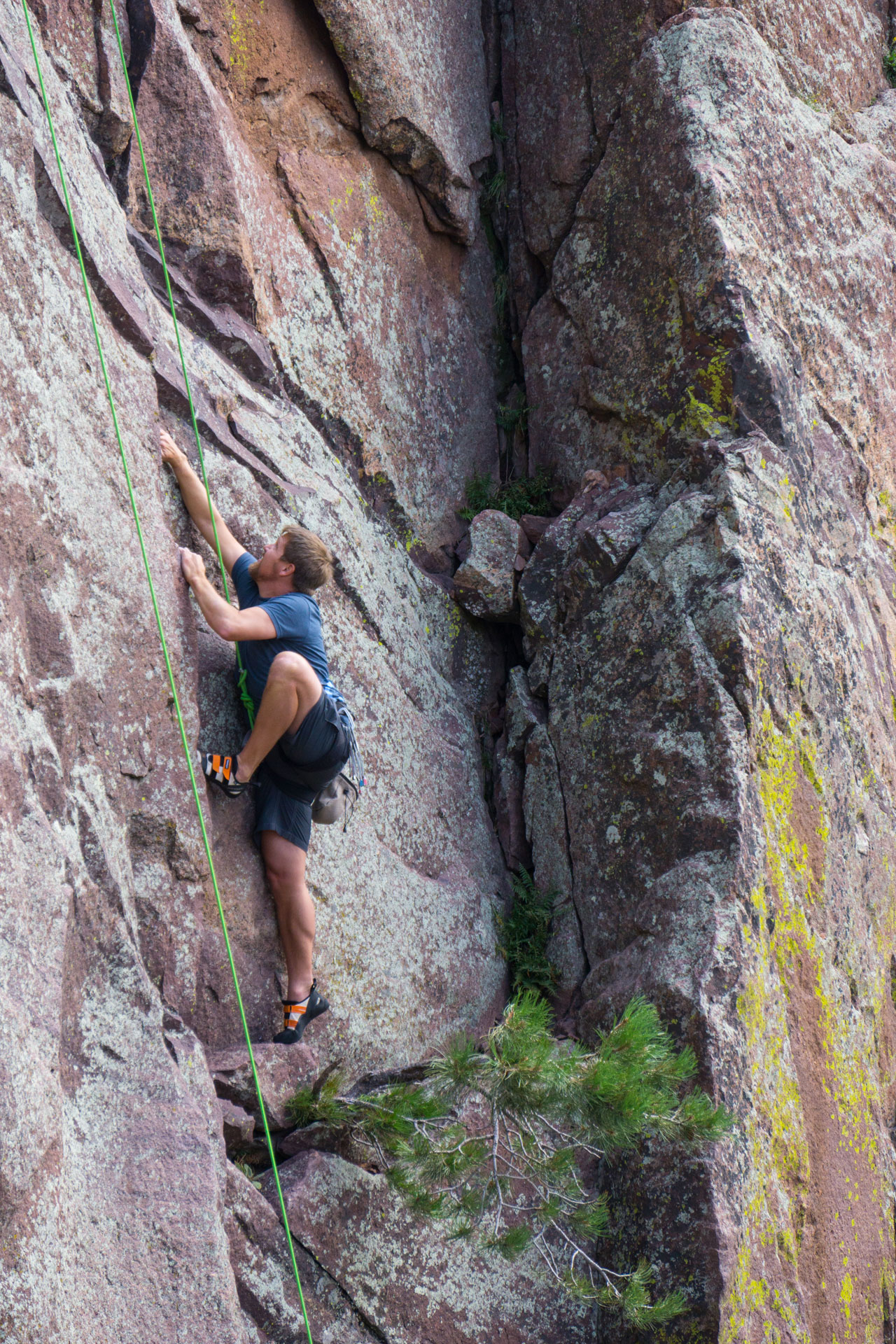



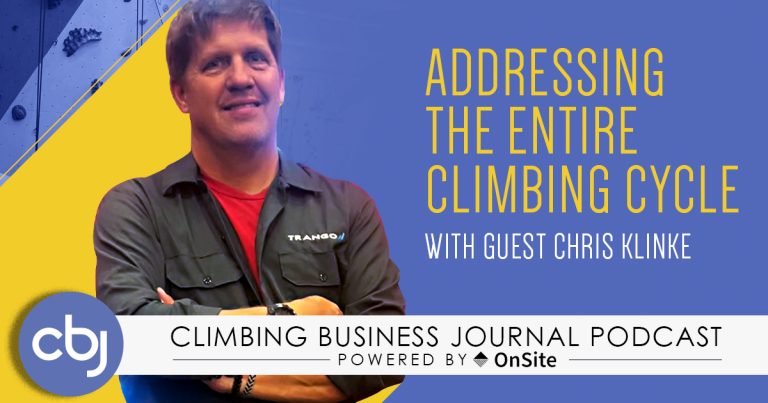



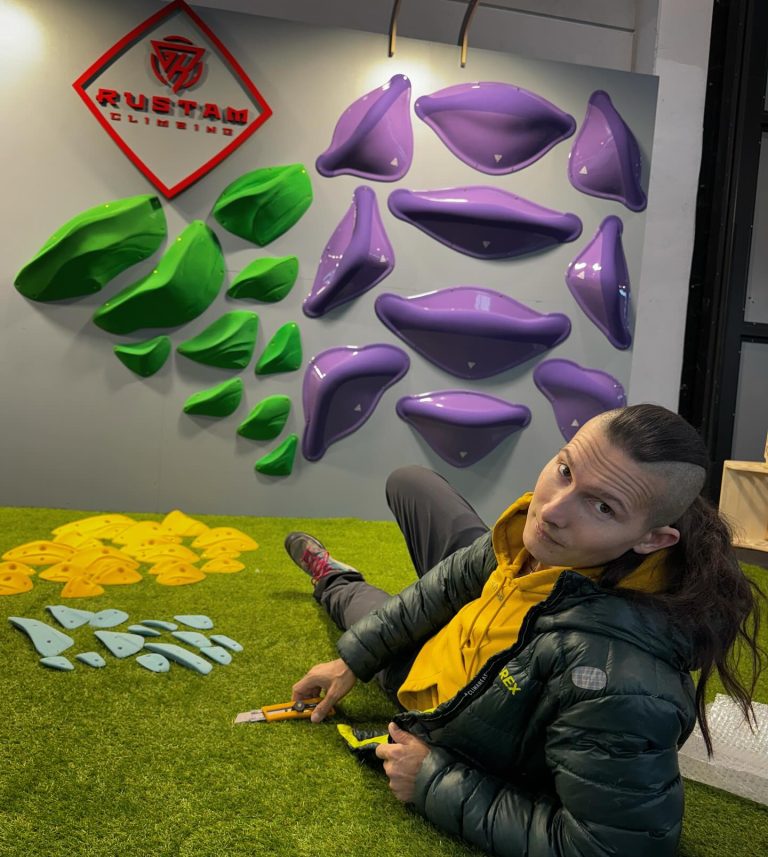
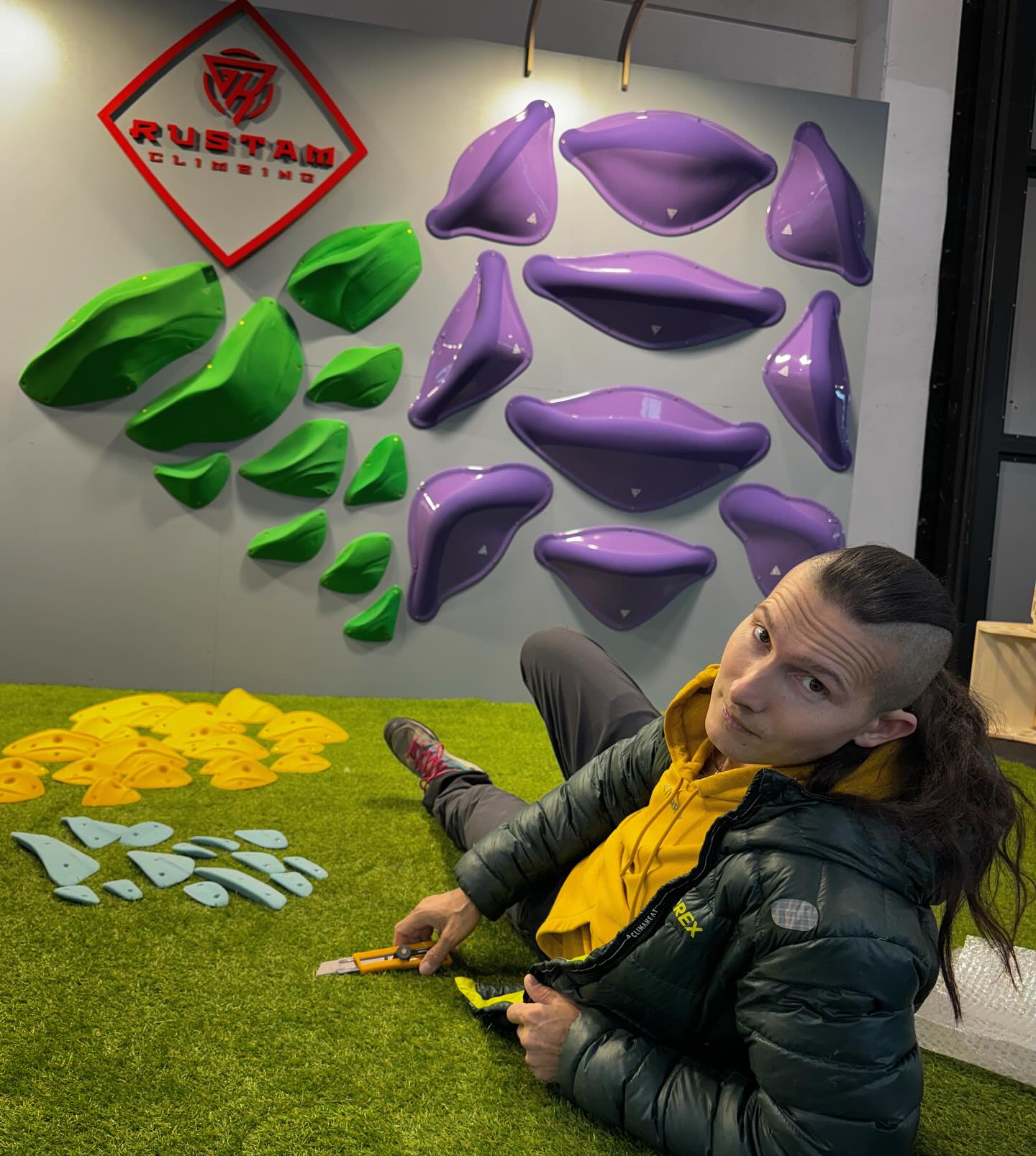 For the first time in North America, put your hands together for Rustam Climbing!
For the first time in North America, put your hands together for Rustam Climbing! 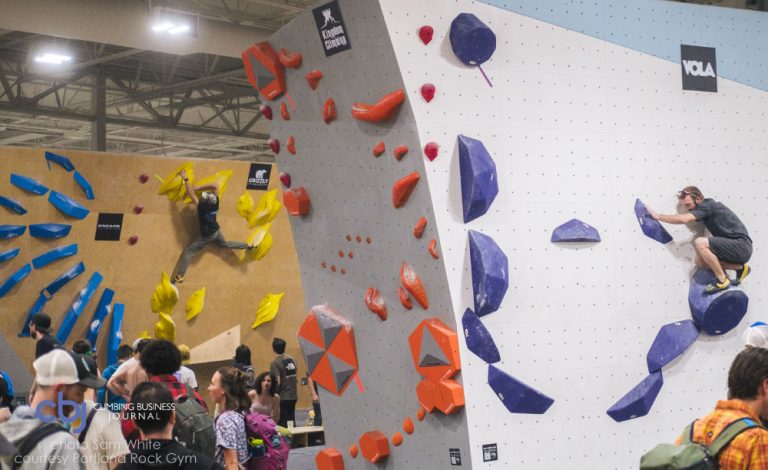
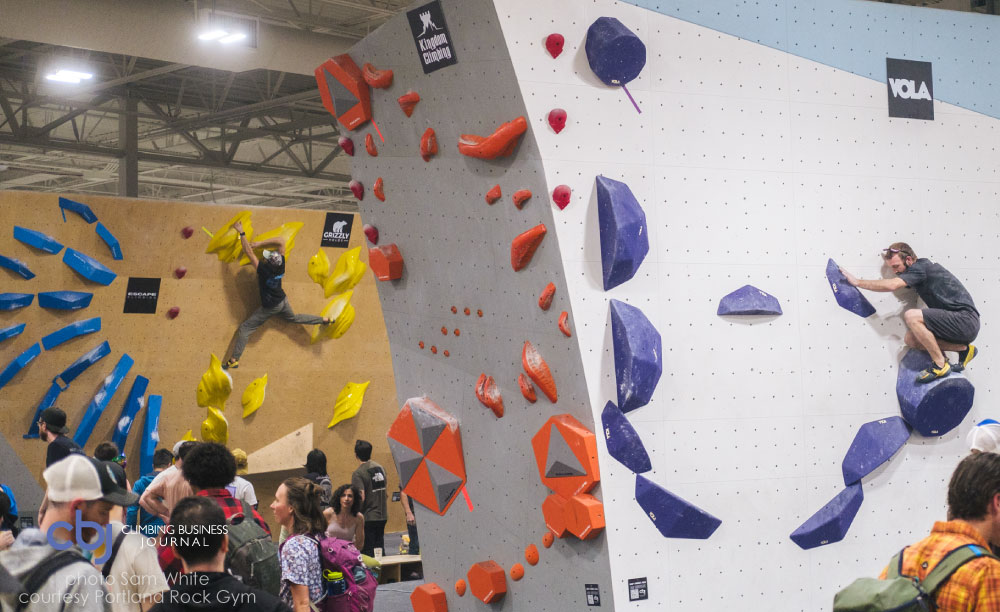

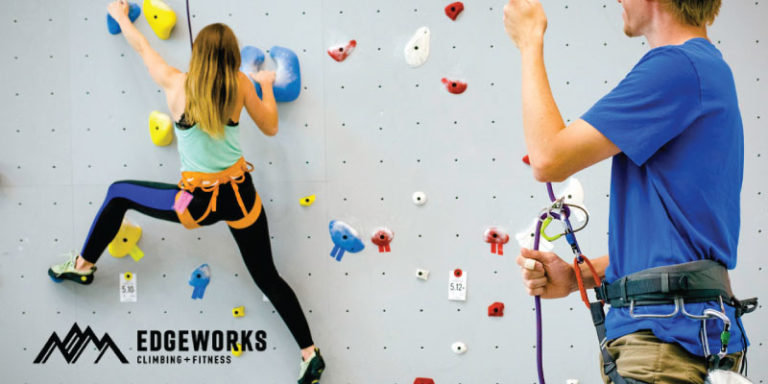
 CBJ hosts the most active job board for climbing businesses and organizations. Below are the latest posts from this past week…
CBJ hosts the most active job board for climbing businesses and organizations. Below are the latest posts from this past week…

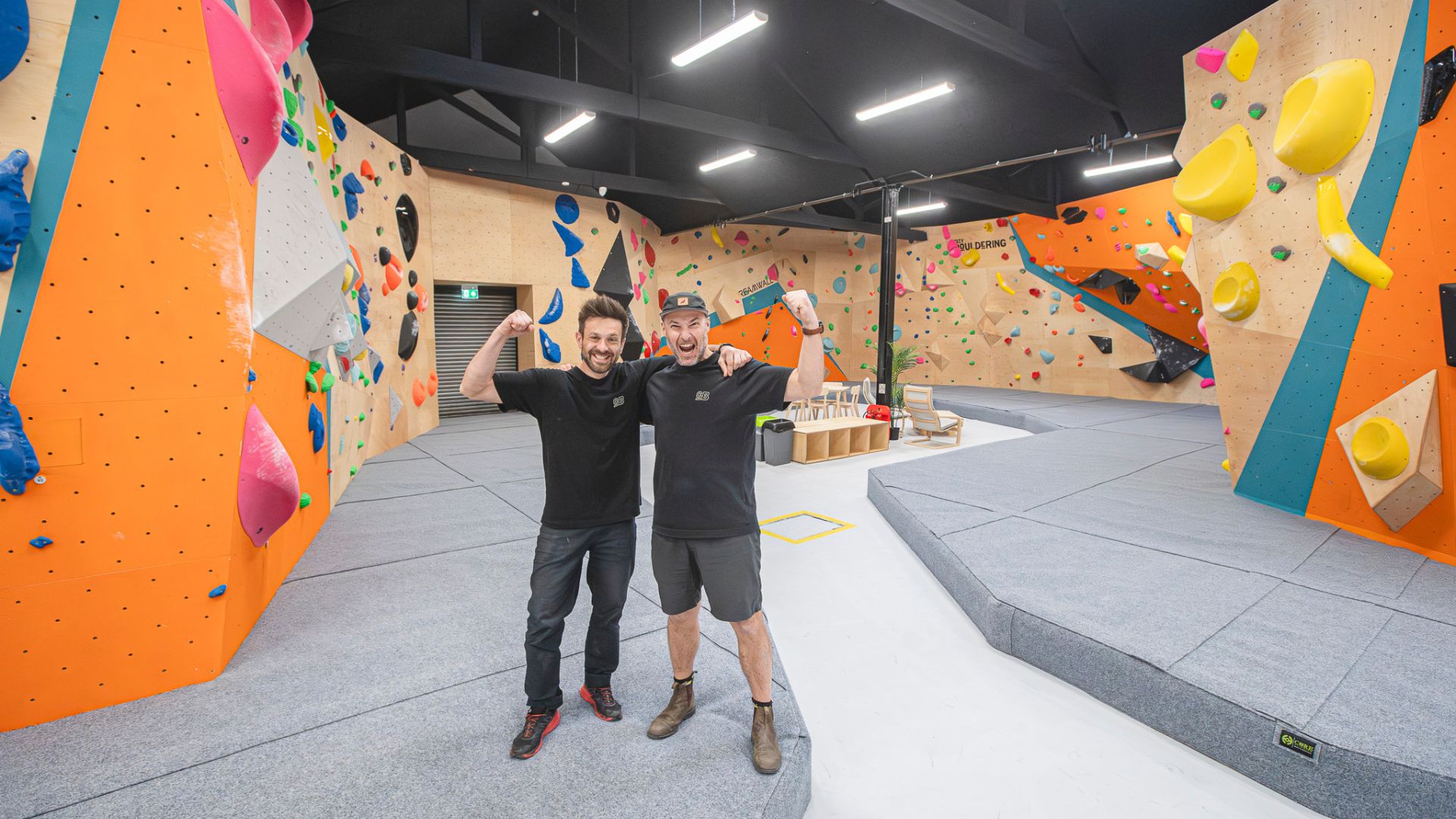

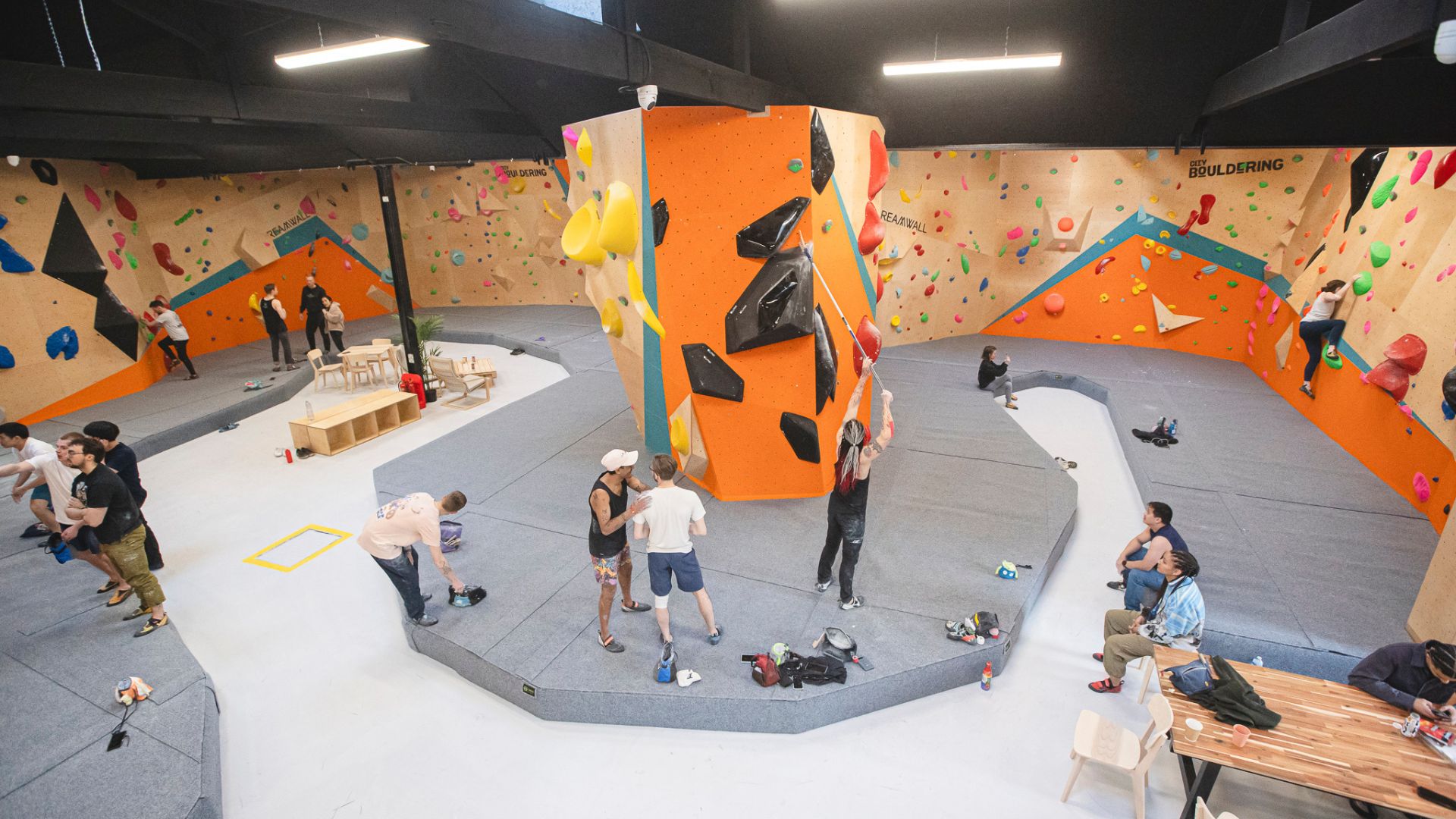

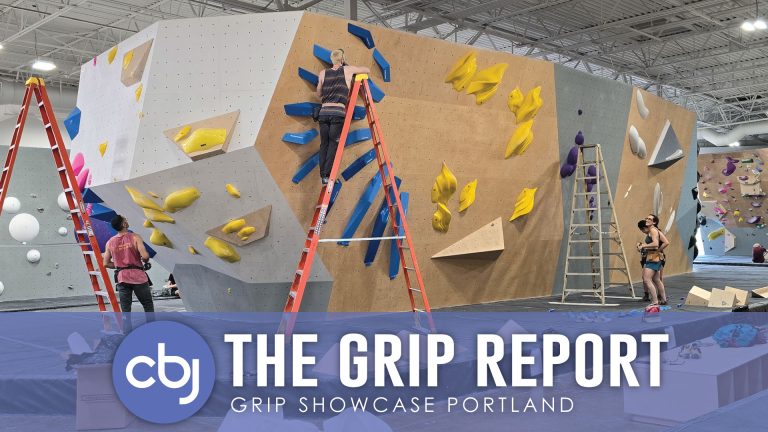

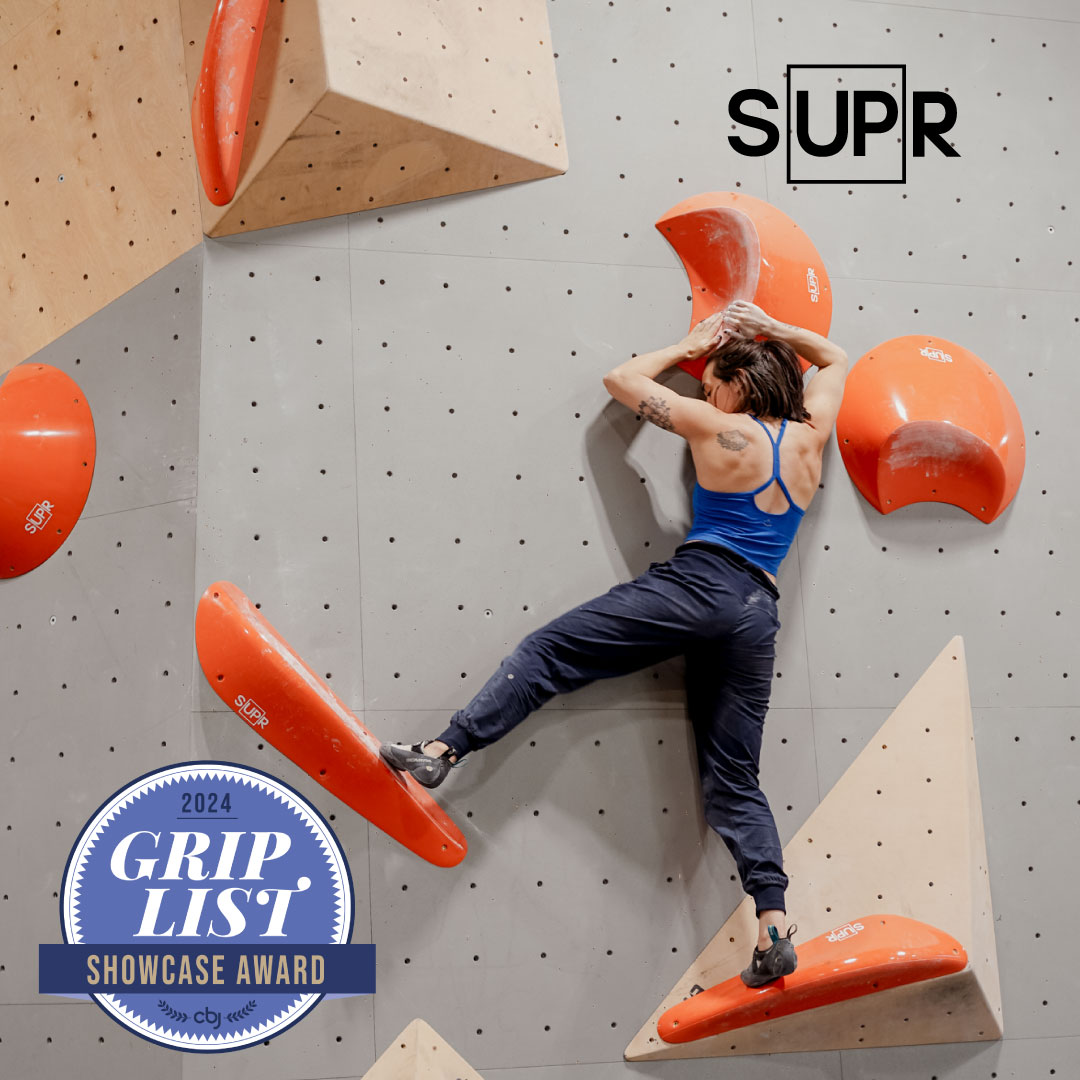
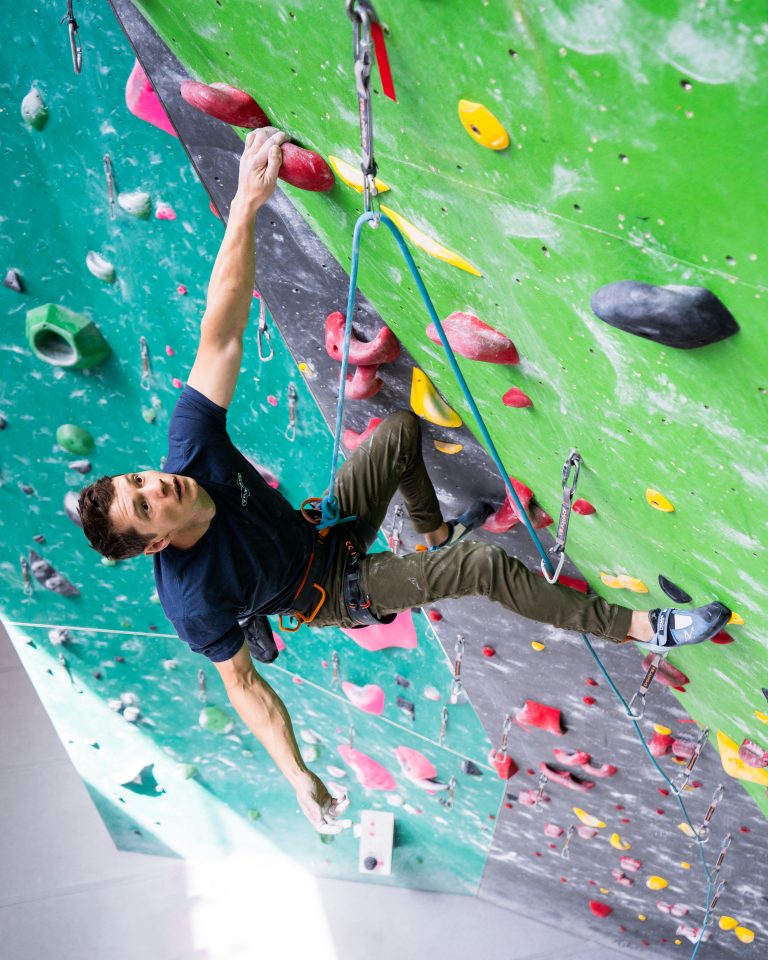

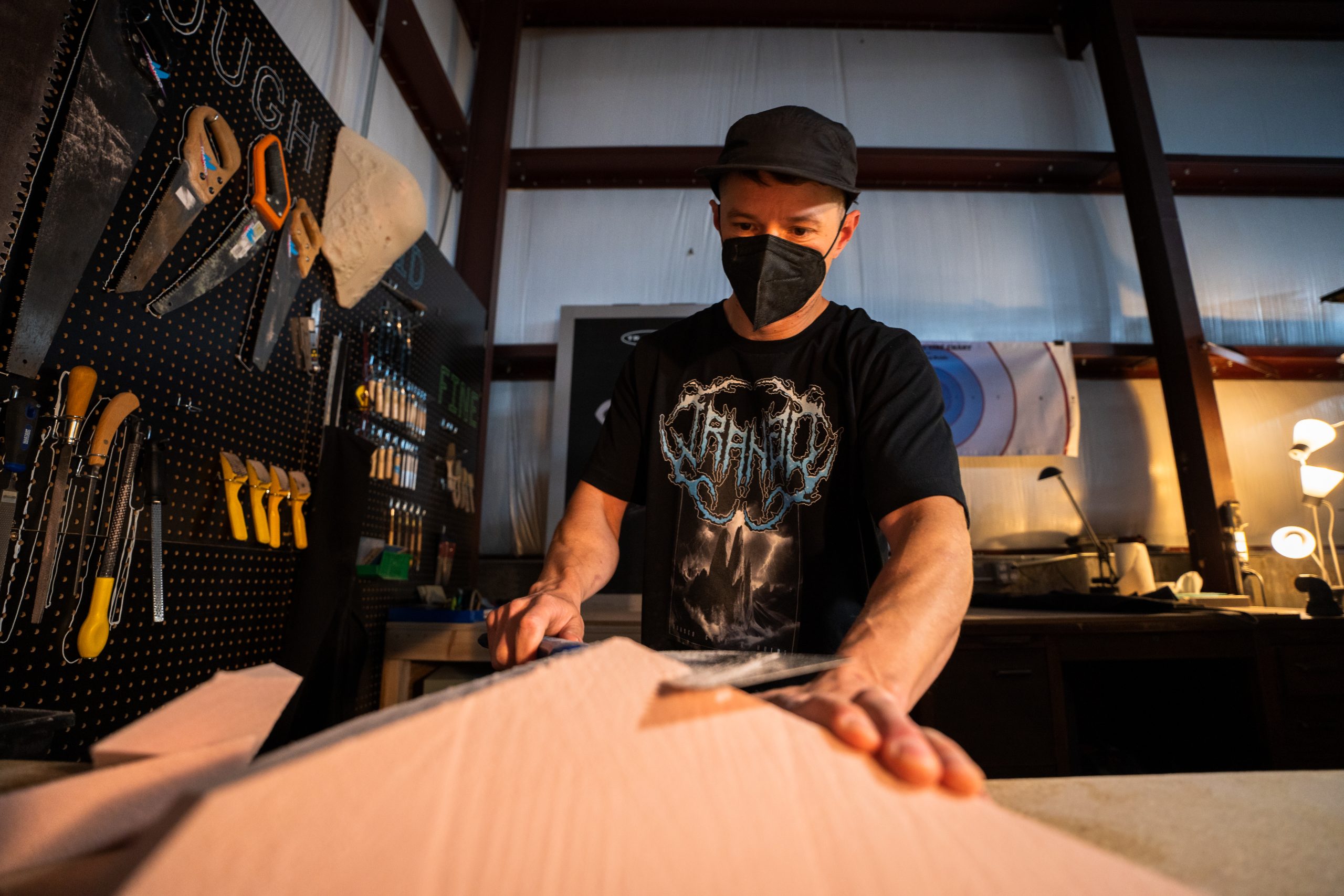





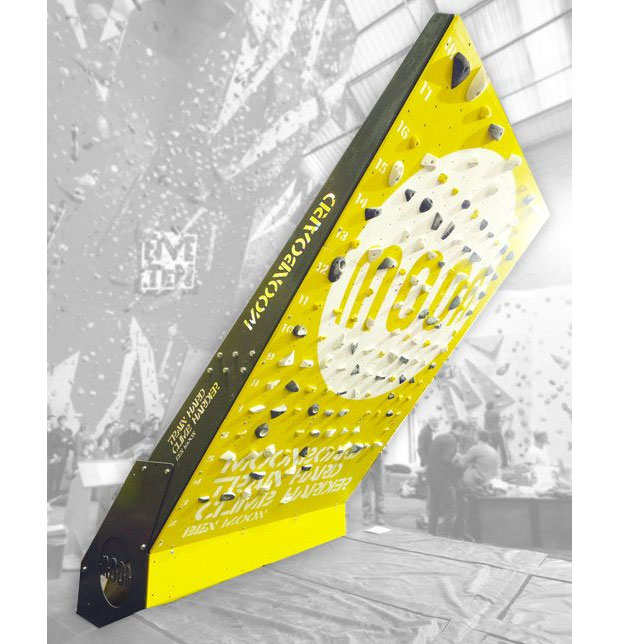
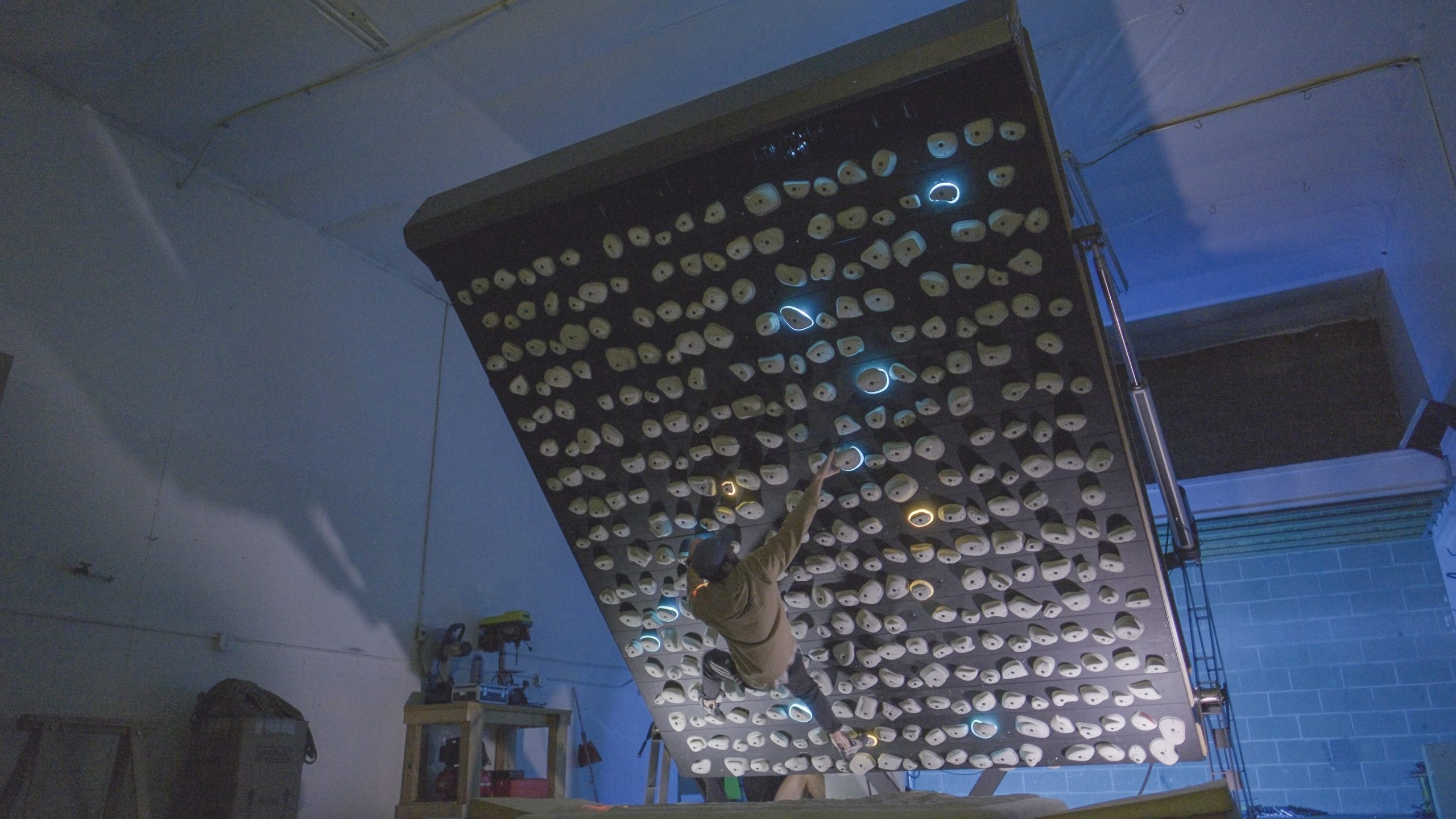

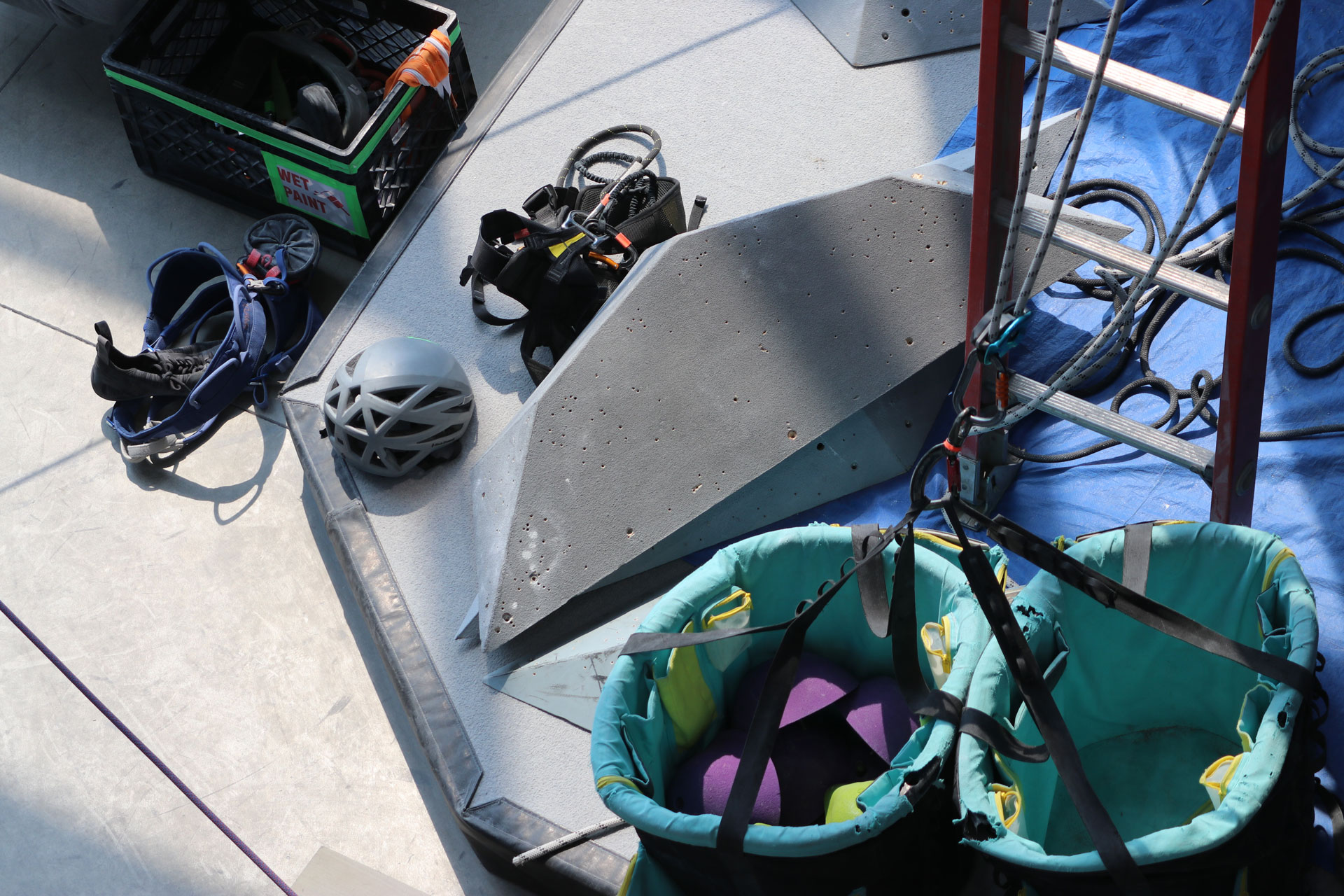 [Editor’s Note: This article was written with Holly Yu Tung Chen]
Lee Hansche, 46, of Allenstown, New Hampshire, died on May 21, 2024, following an accident at
[Editor’s Note: This article was written with Holly Yu Tung Chen]
Lee Hansche, 46, of Allenstown, New Hampshire, died on May 21, 2024, following an accident at 
